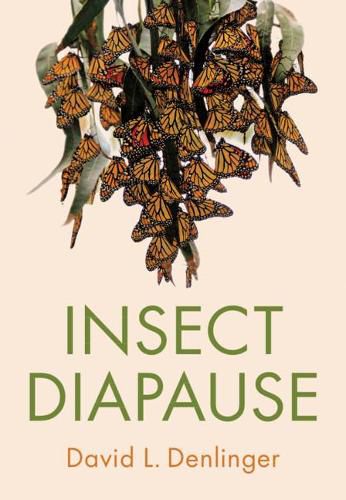Readings Newsletter
Become a Readings Member to make your shopping experience even easier.
Sign in or sign up for free!
You’re not far away from qualifying for FREE standard shipping within Australia
You’ve qualified for FREE standard shipping within Australia
The cart is loading…






Our highly seasonal world restricts insect activity to brief portions of the year. This feature necessitates a sophisticated interpretation of seasonal changes and enactment of mechanisms for bringing development to a halt and then reinitiating it when the inimical season is past. The dormant state of diapause serves to bridge the unfavourable seasons, and its timing provides a powerful mechanism for synchronizing insect development. This book explores how seasonal signals are monitored and used by insects to enact specific molecular pathways that generate the diapause phenotype. The broad perspective offered here scales from the ecological to the molecular and thus provides a comprehensive view of this exciting and vibrant research field, offering insights on topics ranging from pest management, evolution, speciation, climate change and disease transmission, to human health, as well as analogies with other forms of invertebrate dormancy and mammalian hibernation.
$9.00 standard shipping within Australia
FREE standard shipping within Australia for orders over $100.00
Express & International shipping calculated at checkout
Our highly seasonal world restricts insect activity to brief portions of the year. This feature necessitates a sophisticated interpretation of seasonal changes and enactment of mechanisms for bringing development to a halt and then reinitiating it when the inimical season is past. The dormant state of diapause serves to bridge the unfavourable seasons, and its timing provides a powerful mechanism for synchronizing insect development. This book explores how seasonal signals are monitored and used by insects to enact specific molecular pathways that generate the diapause phenotype. The broad perspective offered here scales from the ecological to the molecular and thus provides a comprehensive view of this exciting and vibrant research field, offering insights on topics ranging from pest management, evolution, speciation, climate change and disease transmission, to human health, as well as analogies with other forms of invertebrate dormancy and mammalian hibernation.